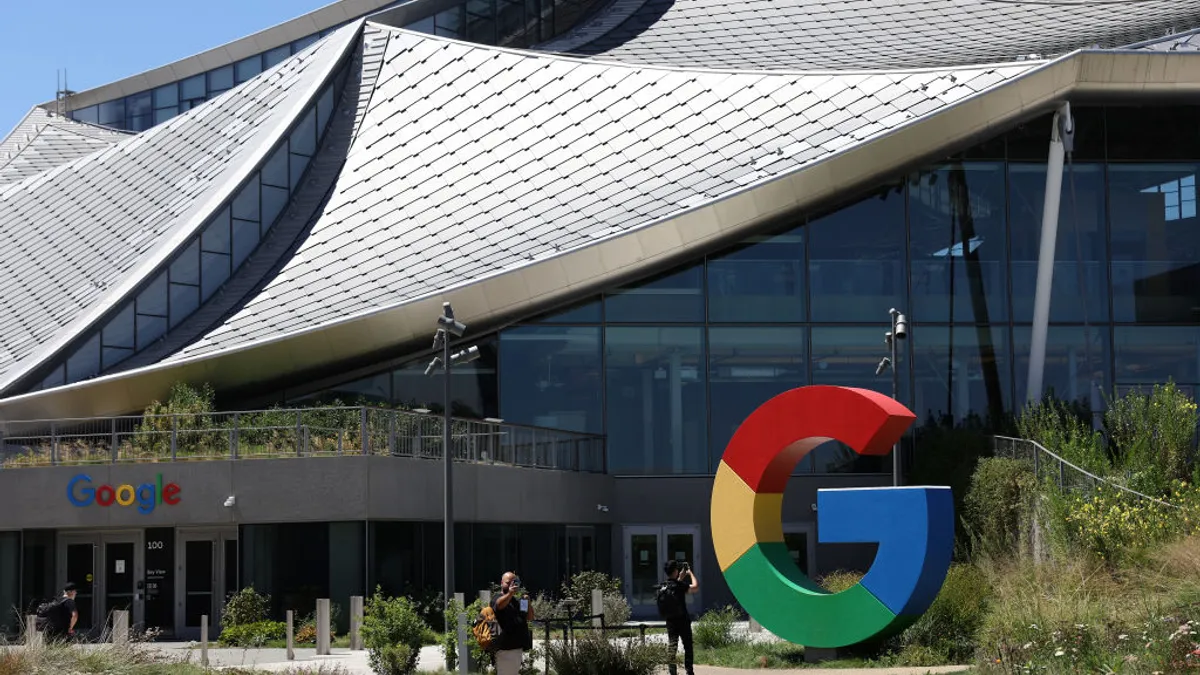Dive Brief:
- Xiao Fang and his team at the University of Utah say their new technique predicts adoption probability at much higher rates than any previous method.
- The new method is able to measure the small success rates that marketers deal with—think 0.5%—and also takes into account unknown confounding effects, like messages a person receives offline.
- Previously, marketers used the cascade model, which assumed that a person would receive information if a certain number of those around them have it. That model is far from perfect, but did show success in predicting the spread of fashion, diseases and viral emails.
Dive Insight:
Fang and his team's findings are exciting because, as all marketers know, adoption probability is always a result of multiple influences. A network theory that accounts for these unknowns makes it possible for marketers to make smarter decisions with future campaigns. So far, the theory is best at predicting new patterns from historical data, but if the new network theory proves successful in predicting the future like it is intended, Fang and his team will be quite sought after.













